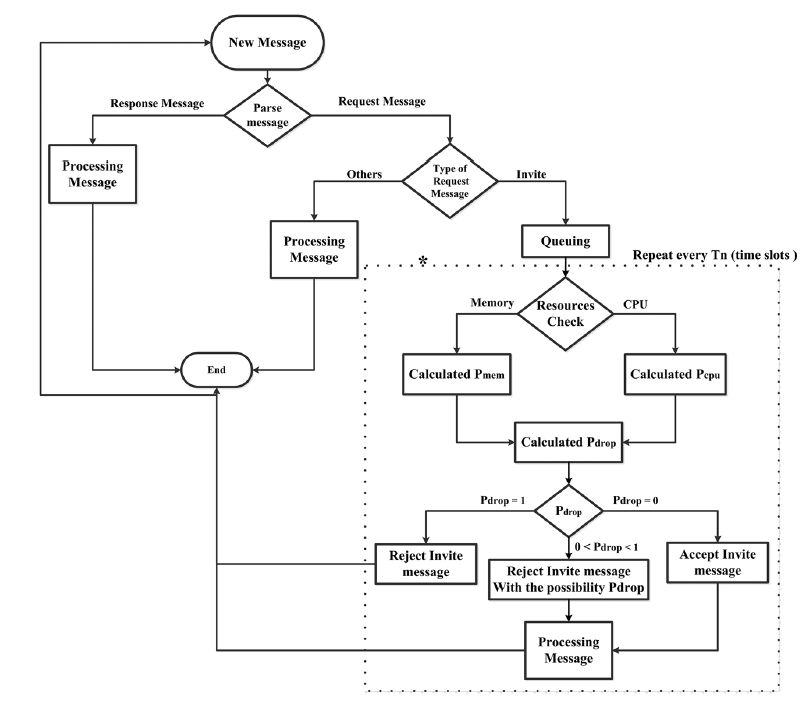
Session initiation protocol (SIP) is an application layer signalling protocol for the set-up, management and termination of multimedia networks such as voice over IP standardised by Internet Engineering Task Force. This protocol has also been recognised by International Telecommunication Union as a main core of next-generation networks. When this network is under overload for reasons such as improper design, instantaneous swarm, components error and sudden reduction of processing capacity, its efficiency is considerably reduced. Overload occurs when the SIP proxy lacks sufficient CPU and memory resources to process all messages. Because the overload cannot be prevented completely, it is important to equip SIP proxies with an effective overload mitigation mechanism. In this paper, capabilities of transmission control protocol are used in transport layer to reduce SIP proxy overload through the proper allocation of proxy resources. Major activities in this field assume SIP on user datagram protocol, which practically does not result in optimal throughput. To evaluate this approach, an Asterisk open source proxy is used. Our implementation results in the real testbed indicate the efficiency improvement of Asterisk proxy under overload. Copyright © 2016 John Wiley & Sons, Ltd.